Bent’s Old Fort National Historic Site
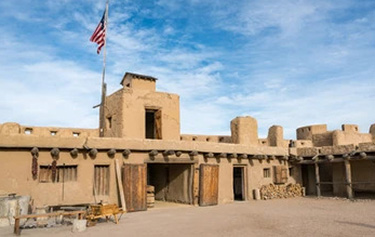
History comes alive at Bent’s Fort on the Arkansas River near La Junta, Colorado. Painstakingly reconstructed, this impressive, two-story adobe fort provides a real-time experience of 1840s life at this famous trading post on the Santa Fe Trail. Visitors are free to roam from room to room while interpretive guides provide details, demonstrations and memorable stories about the extraordinary people who lived and traded at this amazing outpost. Bent’s Old Fort is a national historic site operated by the National Park Service.
Amache National Historic Site
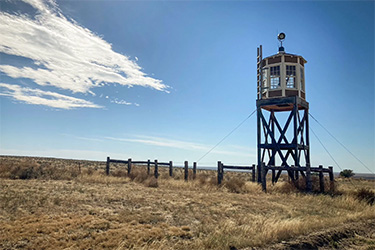
Shortly after Pearl Harbor was bombed, nearly 120,000 people of Japanese ancestry were rounded up, forced to leave behind everything they owned — except what they could carry in a suitcase — and imprisoned in ten internment camps across the U.S. They were not released until the war was over. There was no due process and their only crime was being of Japanese ancestry. Two thirds of them were American citizens and many of them were children. Camp Amache was one of those camps. The camp’s original name was the Granada War Relocation Center, but it quickly came to be known as Camp Amache, after the daughter of a prominent Cheyenne sub-chief and William Bent’s wife.
Learn more at www.Amache.org
Sand Creek Massacre National Historic Site
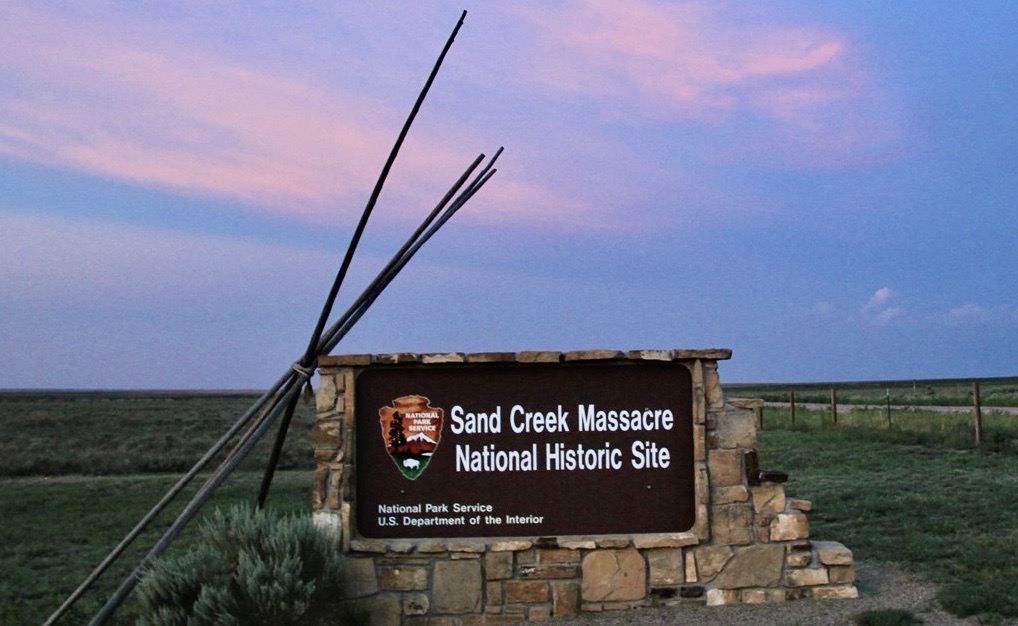
Profound, symbolic, spiritual, controversial. As 675 cavalrymen came around a prairie bend, the camps of Chiefs Black Kettle, White Antelope and Left Hand lay in the valley before them. That day was chaotic, horrific, tumultuous, and bloody. An estimated 148 Native Americans were killed and many more mutilated, about two-thirds of whom were women and children. The events of November 29, 1864, truly changed the course of history.
Learn More at Sand Creek Massacre National Historic Site
Comanche National Grasslands
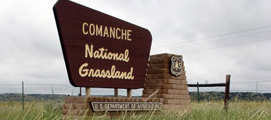
The natural beauty of Comanche National Grassland’s short grass, rugged canyons and rolling bluffs encompasses ancient rock art, abandoned homesteads and the Santa Fe Trail. It is one of the largest documented dinosaur trackways in North America with over 1,300 visible tracks. The National Park Service hosts tours of its more than 440,000 acres of remote, isolated, unspoiled plains.
Learn more at National Park Service: Comanche National Grassland
John Martin Reservoir State Park
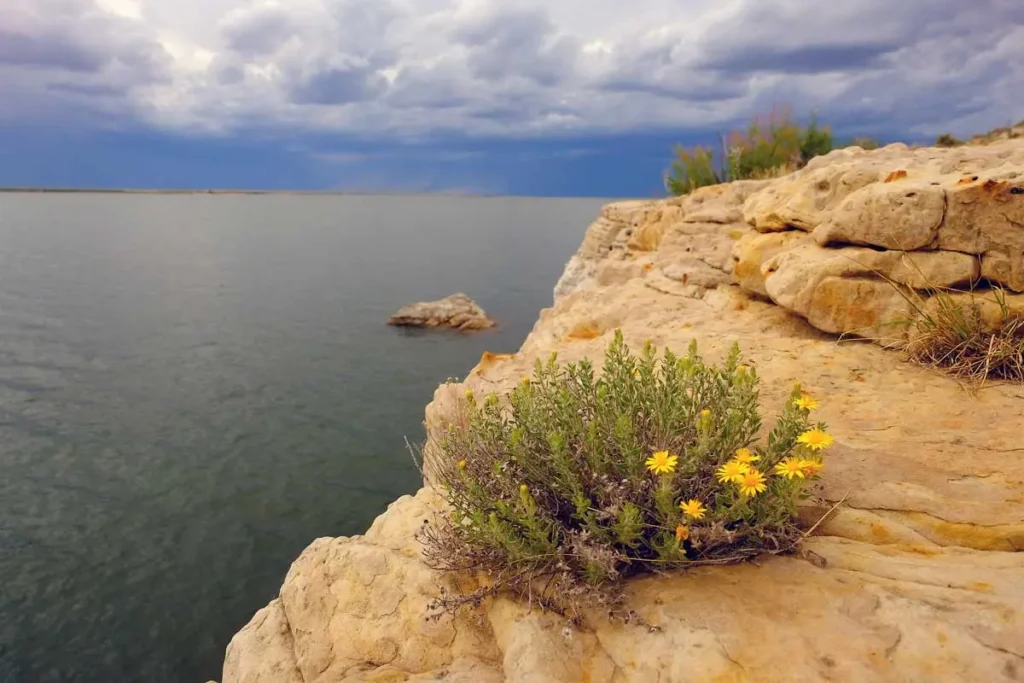
The uncrowded, cool, blue waters of John Martin Reservoir provide some of the best boating, fishing and birdwatching in the state. For those who prefer terra firma, biking and hiking trails offer ample opportunities to watch wildlife and ponder the meaning of petroglyphs etched into the rocks by Native Americans who, centuries before, passed through as they followed the buffalo. The reservoir provides uncrowded boating, waterskiing and spectacular conditions for a wide variety of wind and water sports. The mild southeastern Colorado weather provides plenty of great days throughout the year. Many consider the park a birdwatcher’s paradise with almost 400 species documented in Bent County.
Learn more at Colorado Parks & Wildlife: John Martin Reservoir State Park
The Santa Fe National Historic Trail
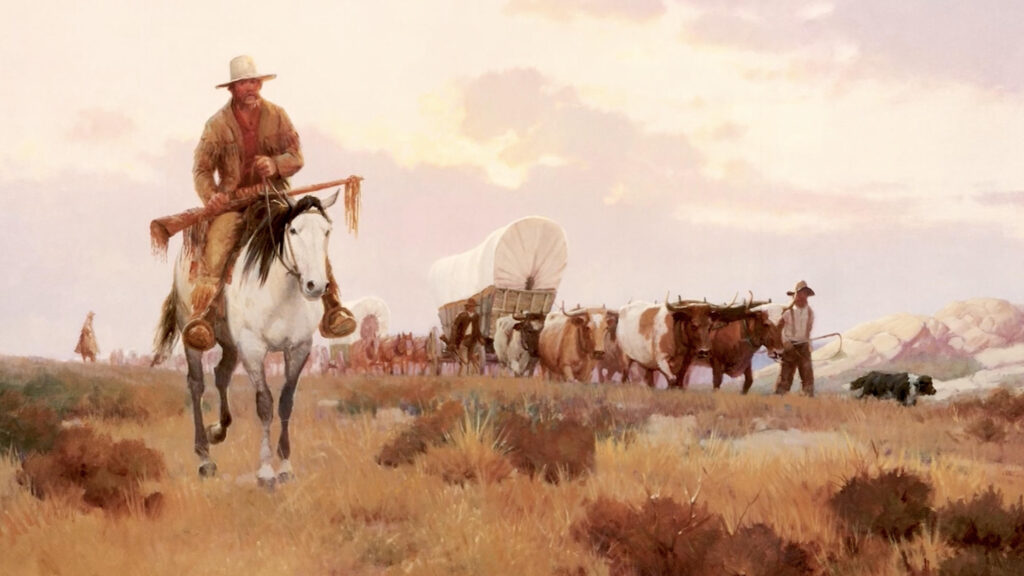
Follow the Santa Fe National Historic Trail through five states and you’ll find adventure and evidence of past travelers who made this remarkable trip before you. From 1821 until 1846, the Santa Fe Trail was a two-way international commercial highway used by Mexican, Anglo and Native American traders. Then, in 1846, the Mexican-American War began and a few months later, America’s Army of the West followed the Santa Fe Trail westward to invade Mexico. After the Treaty of Guadalupe Hidalgo ended the war in 1848, the Santa Fe Trail became a national road connecting the more settled parts of the United States to the new southwestern territories. Commercial freighting along the trail boomed to unheard-of levels, including considerable military freight hauling to supply the southwestern forts. The trail was also used by stagecoach lines, thousands of gold seekers heading to the California and Colorado gold fields, adventurers, missionaries, wealthy New Mexican families and emigrants.
Learn more at National Park Service: Sante Fe National Historic Trail